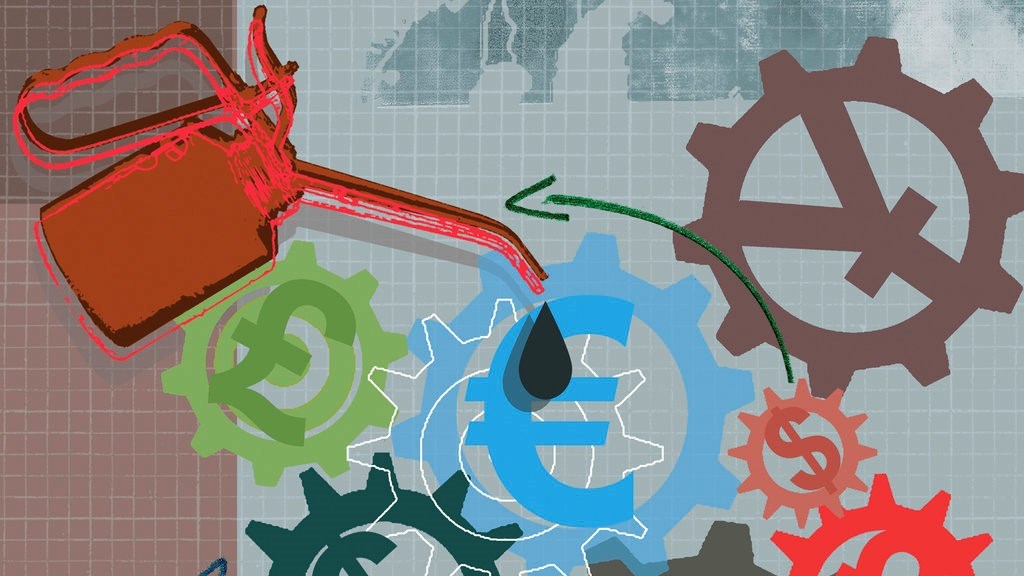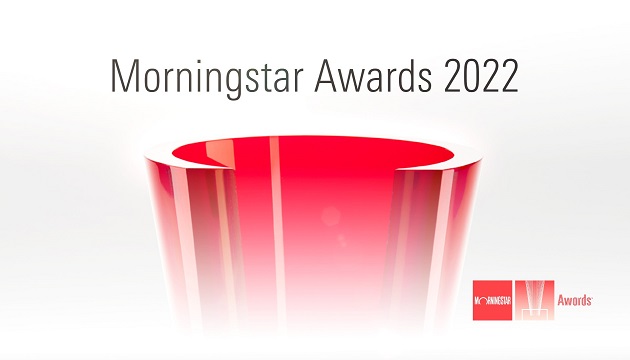Stock indices are constructed using a variety of criteria to select their constituents such as market capitalisation, sector, and geography. However, the vast majority of equity indices (and hence most equity ETFs) weight their component stocks solely by market-capitalisation. The rationale for this practice is that the method best represents the investable opportunity set facing investors. Intuitively, since the goal of an index is to track the performance of an underlying market, it makes sense that a large company like Royal Dutch Shell (RDSB), with operations all over the world, is weighted more heavily than a small oil and gas producer with only one significant field to its name.
There are also academic reasons for the popularity of the market-capitalisation weighting. The well-known Capital Asset Pricing Model (CAPM) argues that because each additional asset added to a portfolio increases diversification (until there are no more assets to add), a portfolio which proportionally includes the whole 'market' offers the best possible ratio of risk to return. A more practical reason behind the popularity of market cap weighting is the relative ease of replicating a market capitalisation-weighted index; it's cheaper to trade the more liquid shares of larger companies which by definition will comprise a large proportion of a market-cap weighted index, than it is to trade more shares of the smaller companies that will comprise relatively more of an equal-weight index. So because ETFs and open-end index funds can inexpensively track the performance of a market-capitalisation weight index, funds tracking indices employing more exotic weighting methods face a higher hurdle from the onset in the form of relatively higher expenses.
So why deviate from standard market capitalisation weighting in constructing indices? Essentially, the providers of these more exotic indices are trying to entice investors by offering them an opportunity to beat the 'market'--represented in this case by the traditional market-capitalisation-weighted version of the index in question. A market-cap weight index tends to naturally overweight those stocks that have gone up in price and underweight those that have been beaten down. This makes market-capitalisation-weighted indices susceptible to bubbles. For instance, during the TMT boom of the late 1990s, a market-capitalisation weight index would have had a large exposure to many of the technology stocks that ultimately cratered. Meanwhile, by virtue of its weighting methodology, an equal-weight index would have mitigated the damage, having avoided overweighting grossly overvalued TMT shares.
Equally-weighted indices largely avoid this sort of 'bubble risk' by regularly rebalancing the weightings of their constituents back to their equal-weighted 'equilibrium'. As stock prices fluctuate daily, the equal-weight index will only truly be equally-weighted when it is first launched and again whenever it is subsequently rebalanced back to equilibrium. By periodically rebalancing, the index pares its allocation to stocks which have increased in price and are potentially overvalued, and reinvests the proceeds into stocks which have dropped below their equal-weight allocation and are potentially undervalued.
Proponents of equal-weighting also often cite the method's ability to reduce constituent concentration risk relative to market-capitalisation weighting. The top holdings in a market-cap index tend to account for a large percentage of the index's value. For example, the top 10 stocks in the EURO STOXX 50 account for 38% of the index's value, while in an equal-weight version of the index those stocks would only account for 20% of its value. The disparity is even greater for the FTSE 100, with the top 10 stocks accounting for 47% of the index's value. These same 10 names would account for just 10% of the value of an equal-weighted version of the FTSE 100.
A good example of the perils of constituent concentration is the case of BP (BP.) and the Macondo well explosion in the
Shortcomings of Equal-Weighting
Equal-weighted indices are not without their own issues. Compared to an equivalent market-cap-weighted index, an equal-weighted index will be tilted towards mid- and small-cap stocks. Historically, small-caps have outperformed large-caps over full market cycles. But during those time periods when small-caps underperform relative to large-caps (such as in 2007-2008), an equal-weight index will underperform its market-cap weighted counterpart.
Another disadvantage of equally weighting the constituents of an index is the expense incurred as a result of the periodic rebalancing needed to adjust for interim stock price fluctuations. The trick is to limit turnover-related expenses while taking advantage of the short-term price momentum of recent winners. An ETF that tracks the performance of an equal-weight index will be unique in that it will have to actually buy and sell the underlying stocks to maintain the equal weightings, which a market-cap-weighted ETF wouldn't have to do. The costs incurred in this process are ultimately borne by investors in the form of higher expense ratios relative to the relevant market-cap-weighted benchmark.
There are also indices which equally weight sectors in addition to individual constituents. This method has the added benefit of minimising sector concentration risk. Revisiting the example of the TMT bubble, major cap-weighted indices like the FTSE 100 or S&P 500 would have had significant exposure to tech companies ranging from Vodafone (VOD) to AOL (AOL) in 1999. An equal-weight sector index would have minimised that exposure, providing a better degree of protection as the bubble burst.
ETFs Tracking Equally-Weighted Indices
While there are currently no ETFs in Europe that follow indices that are strictly equally weighted, the PowerShares Dynamic US Market Fund follows a fundamental approach which employs a market cap bracketed equal-weighting methodology. It trades on the London Stock Exchange, Deutsche Börse, Euronext Paris and Borsa Italiana. It seeks to mimic the return of the Dynamic Market Intellidex Price Return USD Index. The index has an investable universe that is restricted to the shares of the 2,000 largest publicly-traded companies in the
In the
With ETF providers in Europe always looking for new unique products to launch, it is likely only a matter of time before more equal-weight ETFs come to this side of the
















